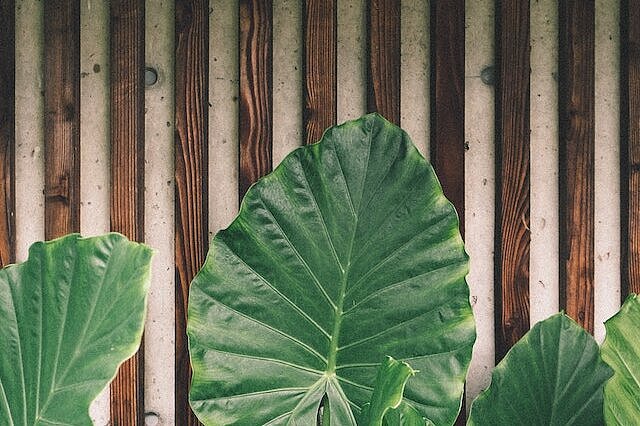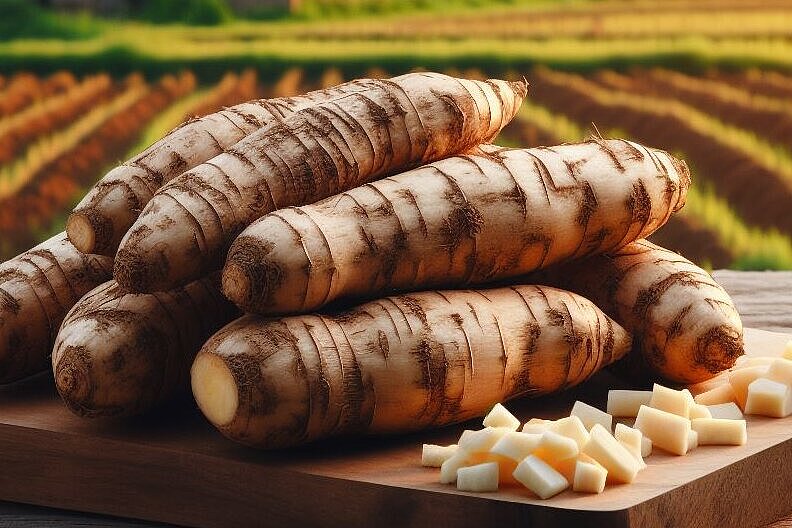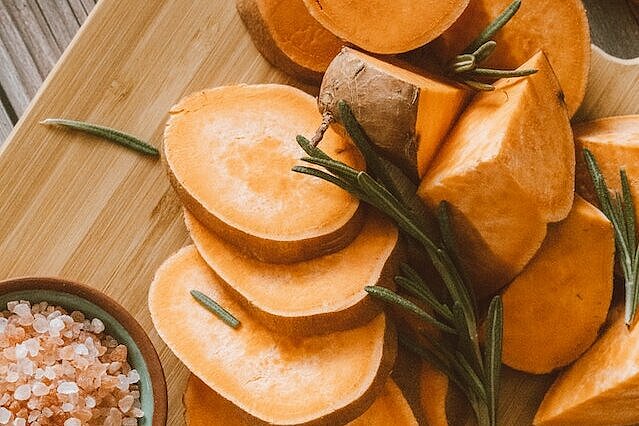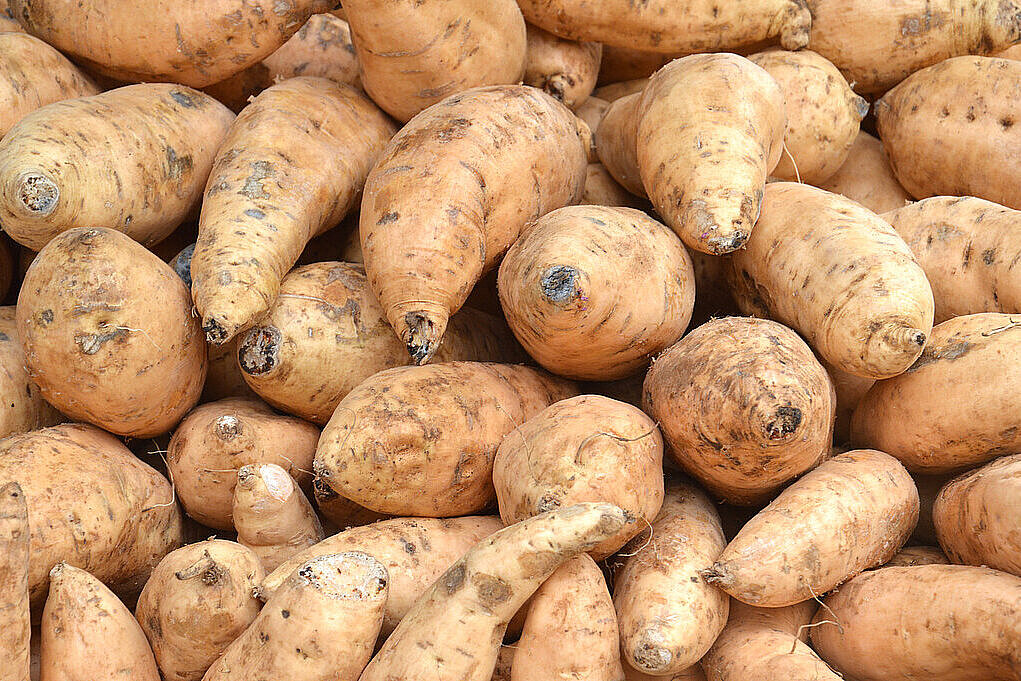Caladie
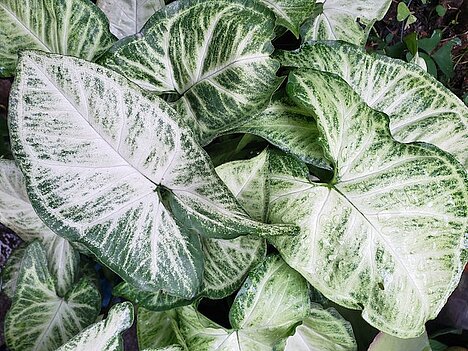
What is caladia?
Caladia is an ornamental foliage plant that grows from an underground tuber. The tuber serves as a survival organ, i.e. it stores nutrients and water for the plant. In winter, the caladia retracts and loses its leaves. In spring, it sprouts again and forms new leaves. The caladia rarely flowers indoors, but when it does, it forms a spadix surrounded by a bract. The flower is rather inconspicuous compared to the conspicuous leaves.
The caladiums come in many different varieties that vary in color and pattern. Some well-known varieties are, for example
- Caladium 'White Queen': This variety has white leaves with a green edge and pink veins.
- Caladium 'Strawberry Star': This variety has white leaves with green veins and small pink dots.
- Caladium bicolor: This variety has bicolored leaves in red-green or white-green.
The caladium likes a warm, moist and shady location. It should be watered regularly, but not too wet. It does not tolerate calcareous water and needs high humidity. It can also be kept outside in summer, but only in a sheltered spot.
Is caladiums poisonous to dogs?
Unfortunately, yes. Like all arum plants, caladiums contain so-called calcium oxalate crystals in their cells. These crystals can irritate and injure the mucous membranes of the mouth, throat and gastrointestinal tract if the plant is eaten. This leads to symptoms such as salivation, vomiting, diarrhea, swelling in the mouth and shortness of breath. Caladiums can also trigger cardiac arrhythmia, cramps and tremors. The caladia tuber, which contains a high concentration of toxins, is particularly dangerous.
If your dog has eaten caladiums, you should consult a vet immediately. The vet can give your dog an emetic to remove the plant parts from the stomach. They can also give your dog painkillers and infusions to compensate for fluid loss.
How can dogs be protected from caladiums?
If you have a caladia in your home, you should place or hang it in such a way that your dog cannot reach it. For example, you can use a high cupboard or windowsill or plant the plant in a hanging basket. However, make sure that no leaves can hang down or fall off.
The caladia is an ornamental foliage plant that grows from an underground tuber and is available in different varieties with different colors and patterns. It requires a warm, moist and shady location. Caladia is poisonous to dogs as it contains calcium oxalate crystals which can cause mouth and stomach irritation and other symptoms. To protect dogs from caladiums, the plant should be placed out of reach or hung up so that the dog cannot reach it. In the event of poisoning, a vet should be consulted immediately.
If you notice any signs of hypersensitivity or poisoning in your dog, you should see your vet immediately. We are not a substitute for a vet, but we try to be as accurate as possible. Every dog reacts differently and we recommend you get a second opinion or consult your vet if in doubt.
Stay healthy and take good care of your four-legged friend!😊
Similar to Caladie
Taro belongs to the arum family and is also known as water bread root, colocasia or eddo. The plant originally comes from South East Asia and is now mainly cultivated in the Caribbean and Africa....
Cassava is a plant from the spurge family that is cultivated in South America, Africa and Asia. The root of the plant is processed into flour, starch or flakes and can be boiled, baked or...
Sweet potatoes are not potatoes, but tubers that belong to the bindweed family. They originally come from South America and are now grown in many tropical and subtropical regions. Sweet potatoes...
Yams (Dioscorea) are a genus of climbing plants that form starchy tubers. They belong to the yam family (Dioscoreaceae) and have nothing to do with sweet potatoes, with which they are often...
